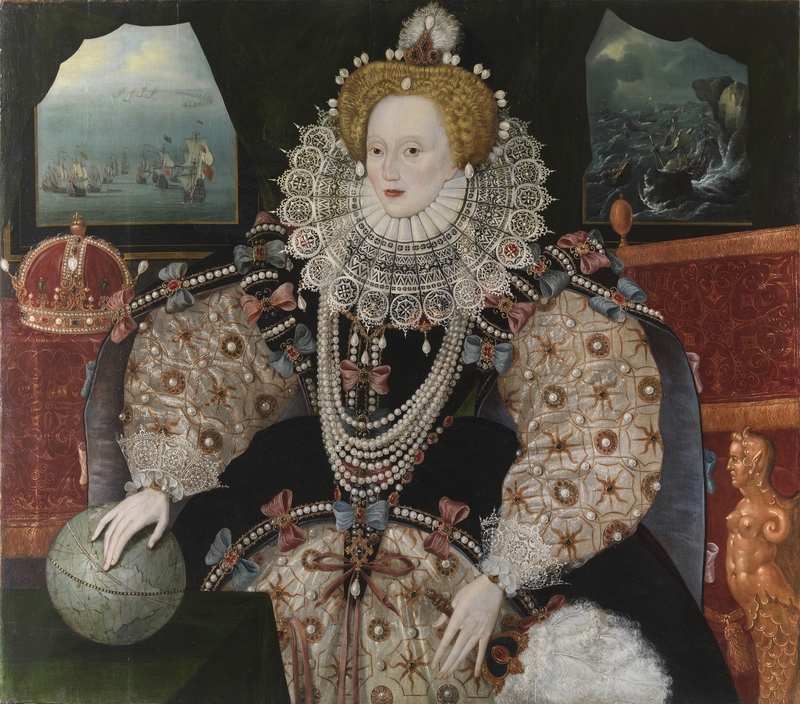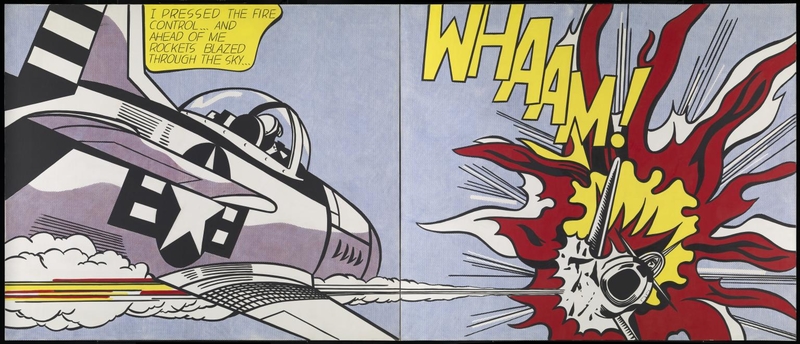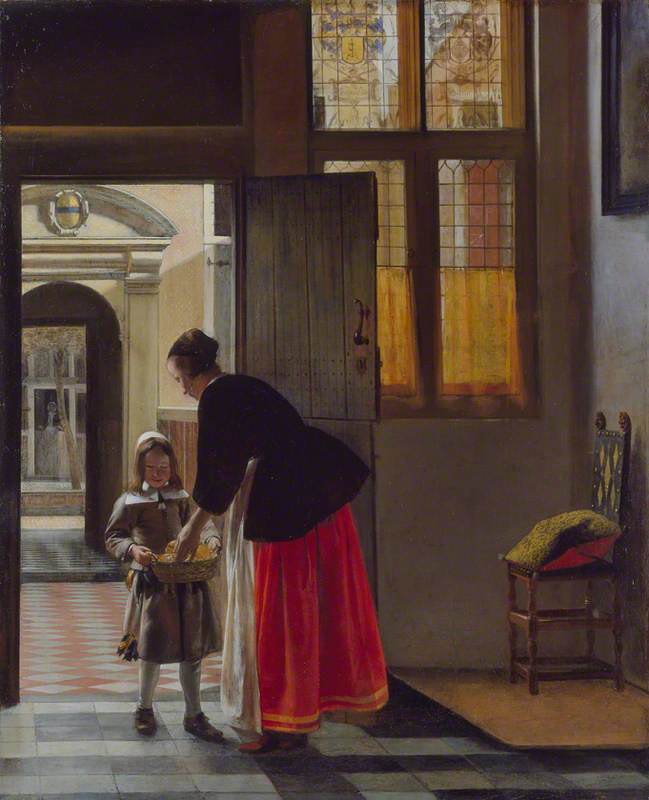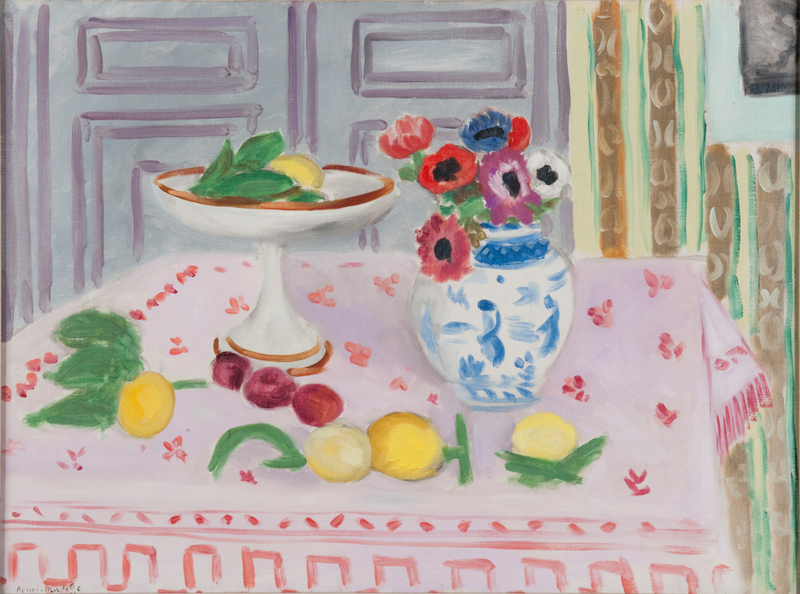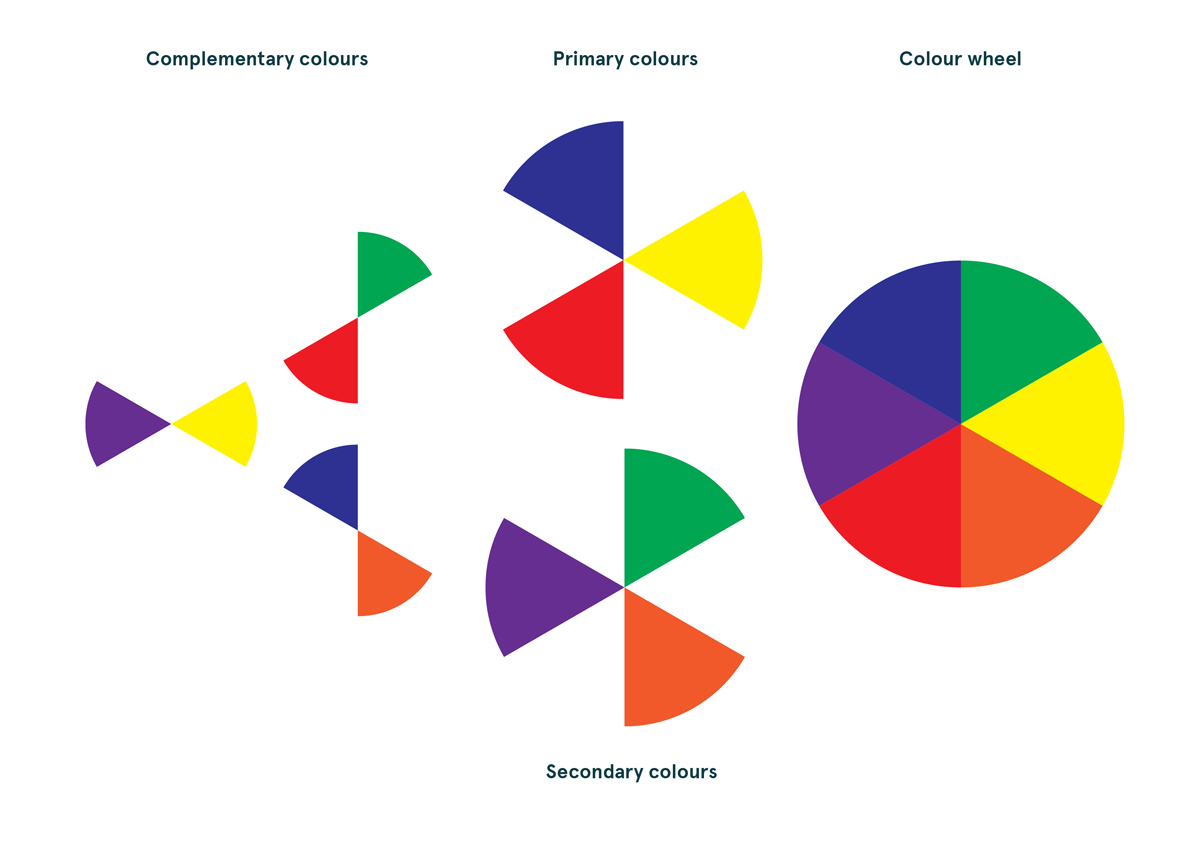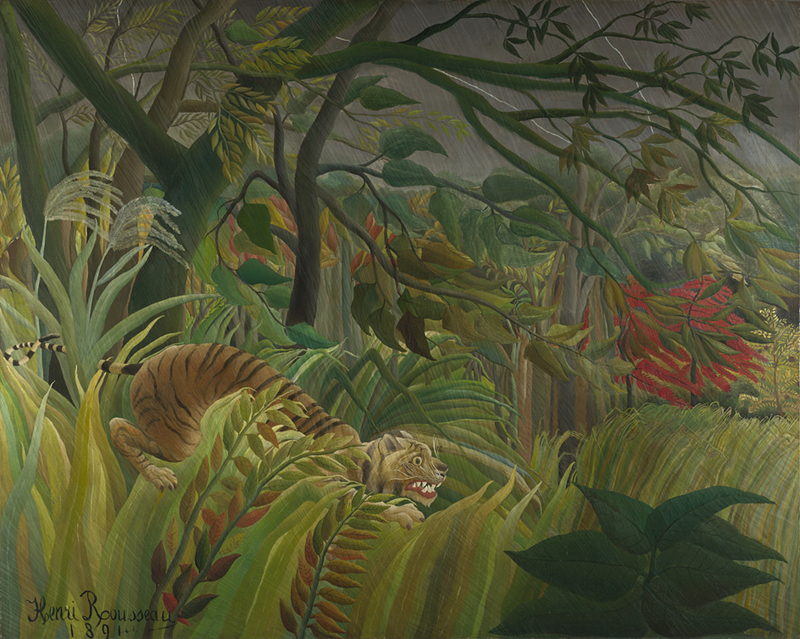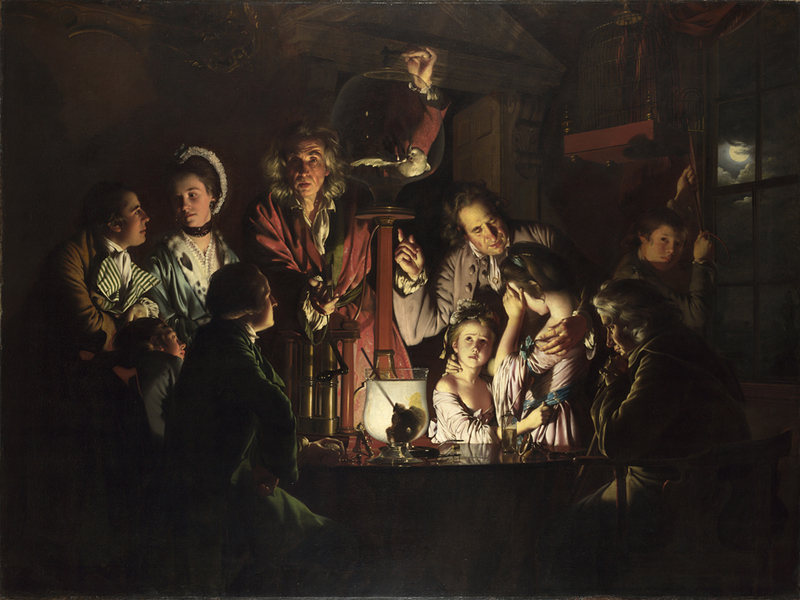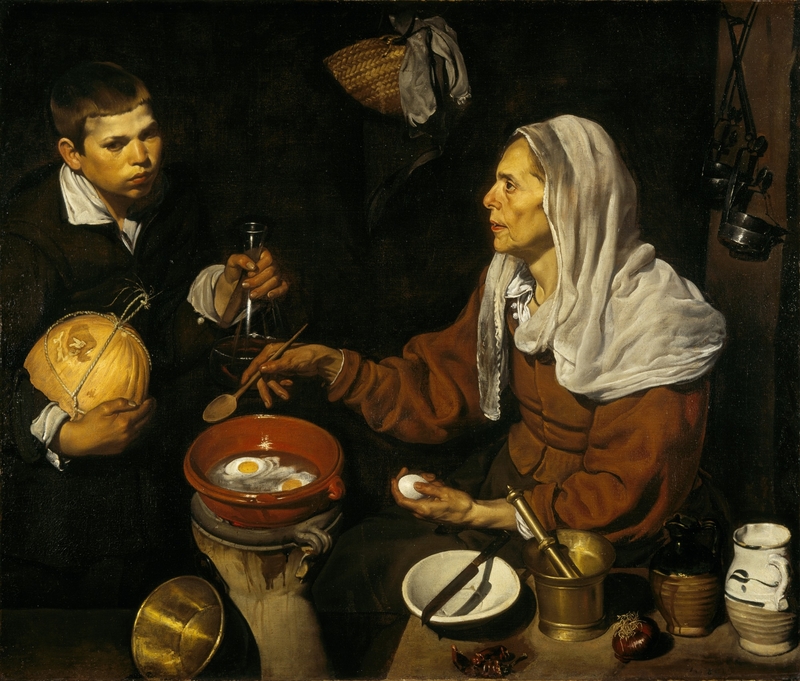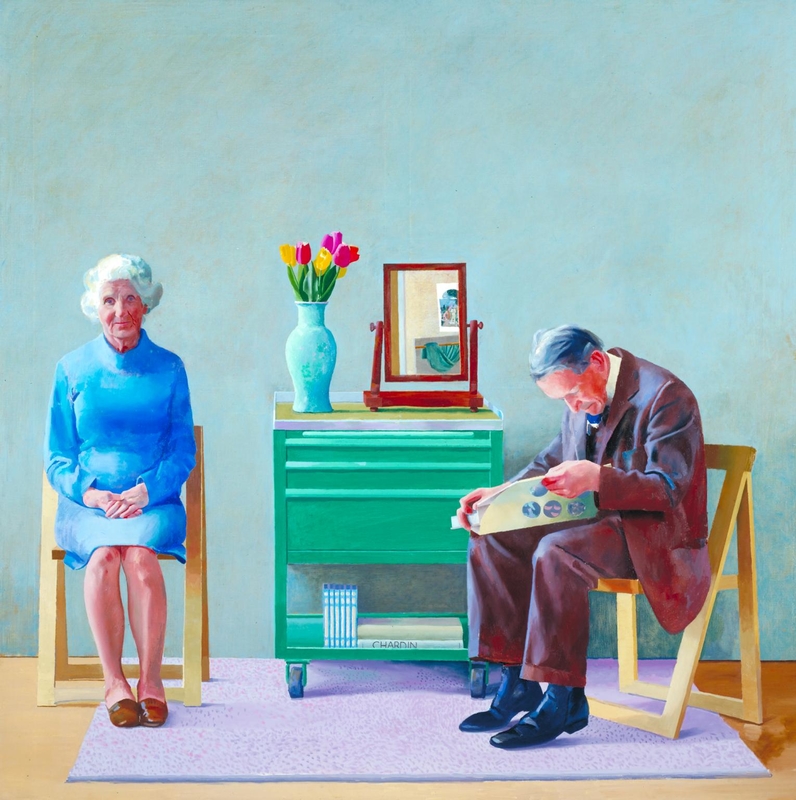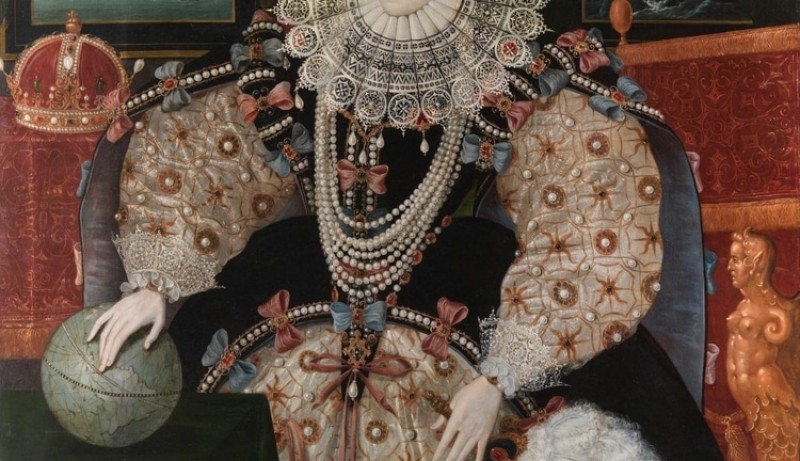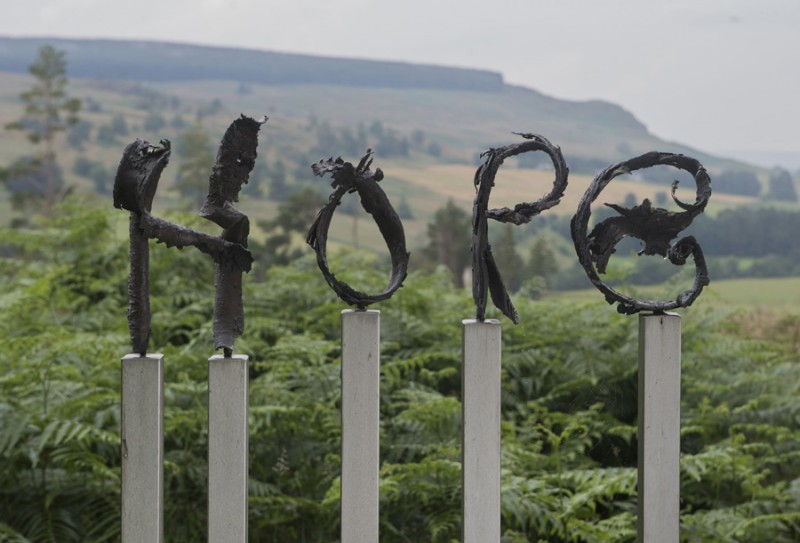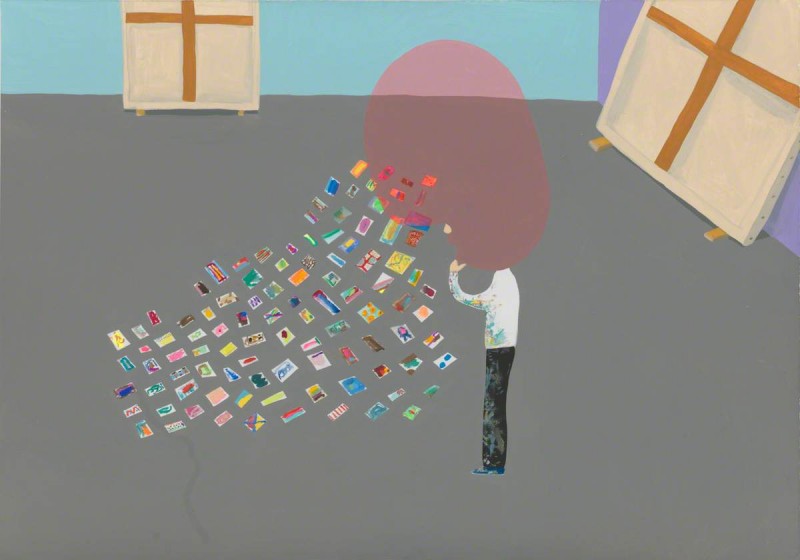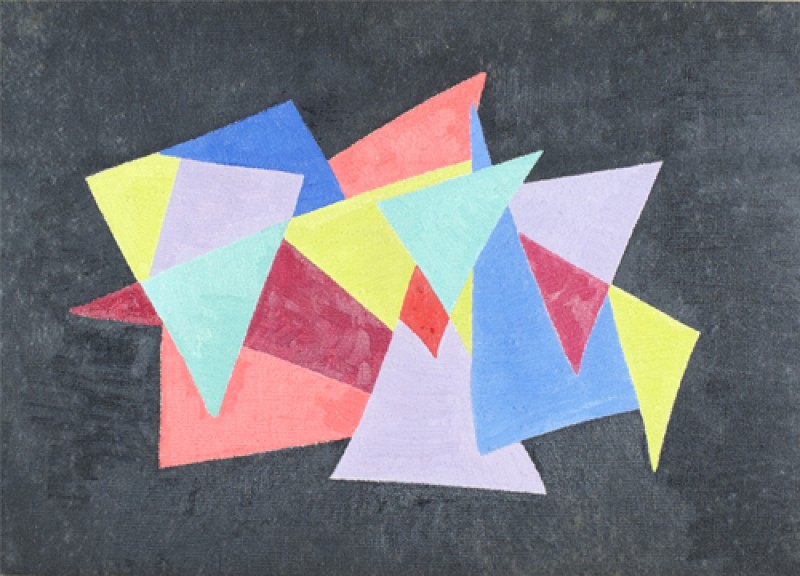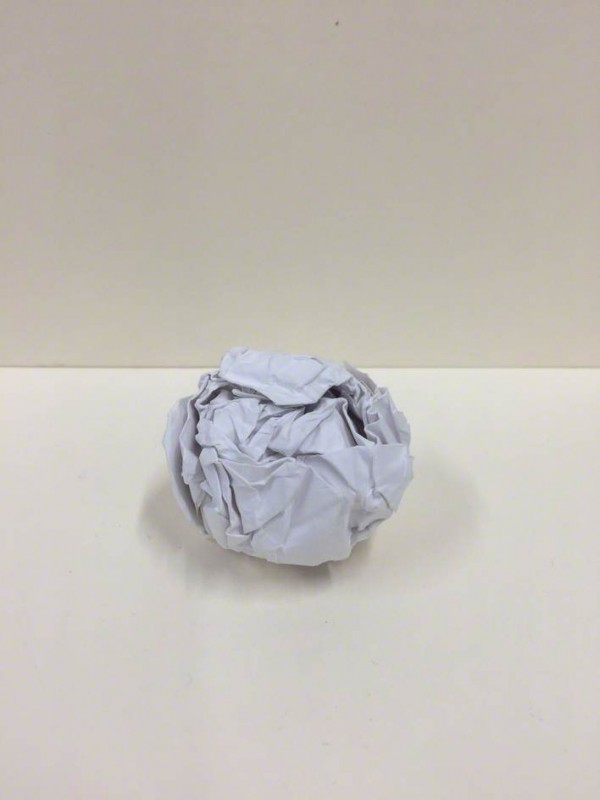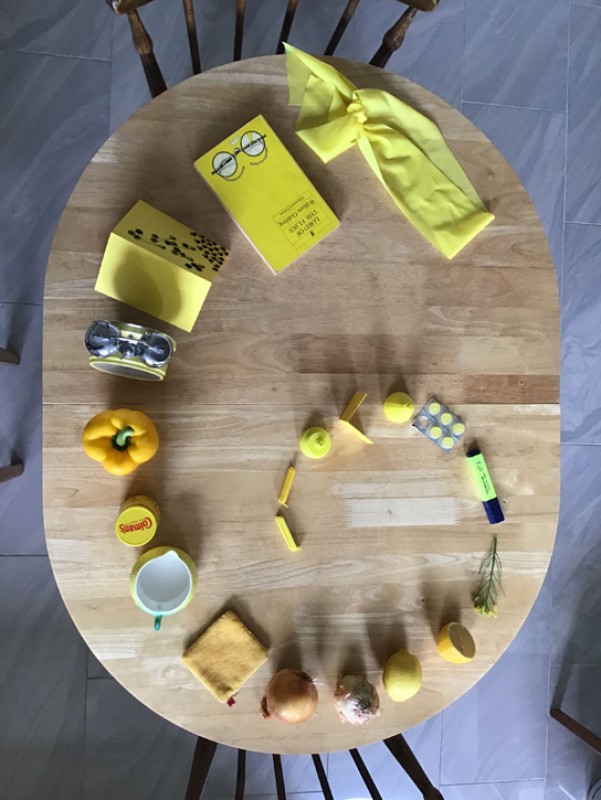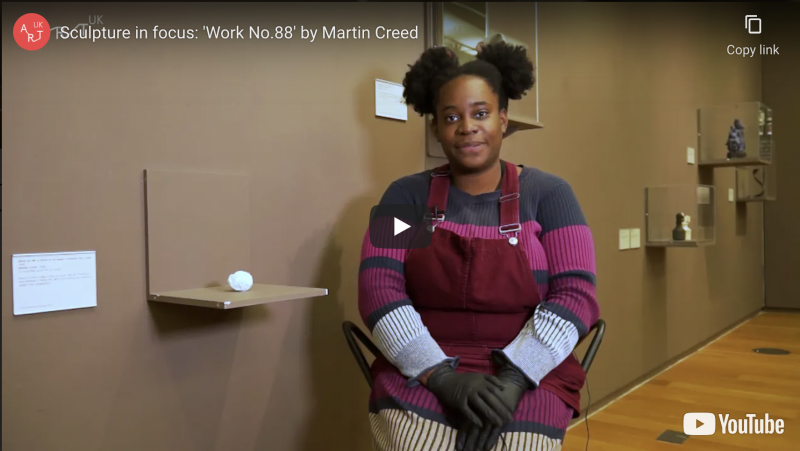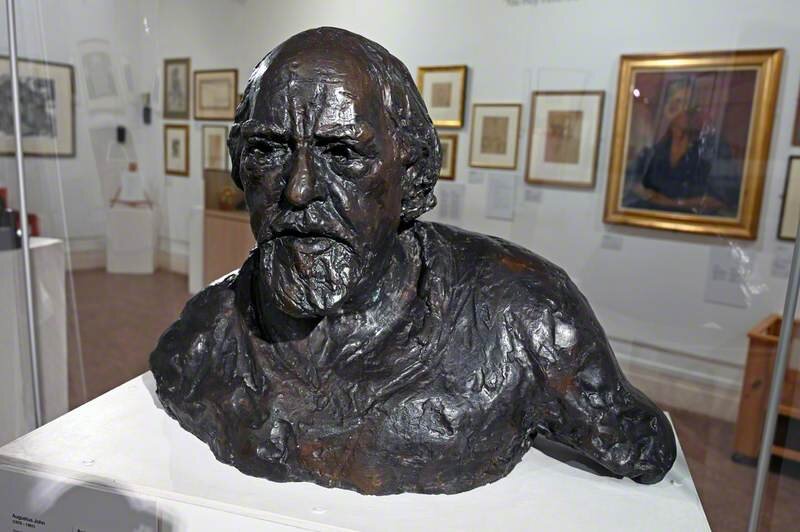Supporting students to read pictures by themselves
There are certain simple questions you can ask yourself and your students when looking at art. Answering these questions can reveal the unique elements that make up that work of art. This question and answer method will increase their visual literacy – The Superpower of Looking. By repeating this process with your students across Superpower lessons, previously hidden or encoded meaning will become increasingly easy for them to decode. In the process, students will become familiar with a vocabulary that will help them analyse and articulate what they see.
Below, key elements which make up a painting are explained alongside a set of questions to support students to interpret them in relation to different pictures and images. They are: composition, space, colour, line, light, scale, materials and techniques, and finally, figures – their expression, gesture, symbols and attributes.
Before you start, the following film demonstrates The Superpower of Looking Kit in action.
Top tips
- Complete the initial stages in each Superpower lesson resource first; when you get to the 'Questions from The Superpower of Looking Kit' section, there are suggestions as to which elements of the Kit to focus on in relation to each picture.
- It may be worth considering narrowing down how many questions you ask at one time by focusing on those most relevant to a particular work and/or those not yet covered in previous discussion.
- Reword or rephrase questions to suit the current knowledge and understanding of your students; their art vocabulary and confidence in using it will increase across each lesson.

